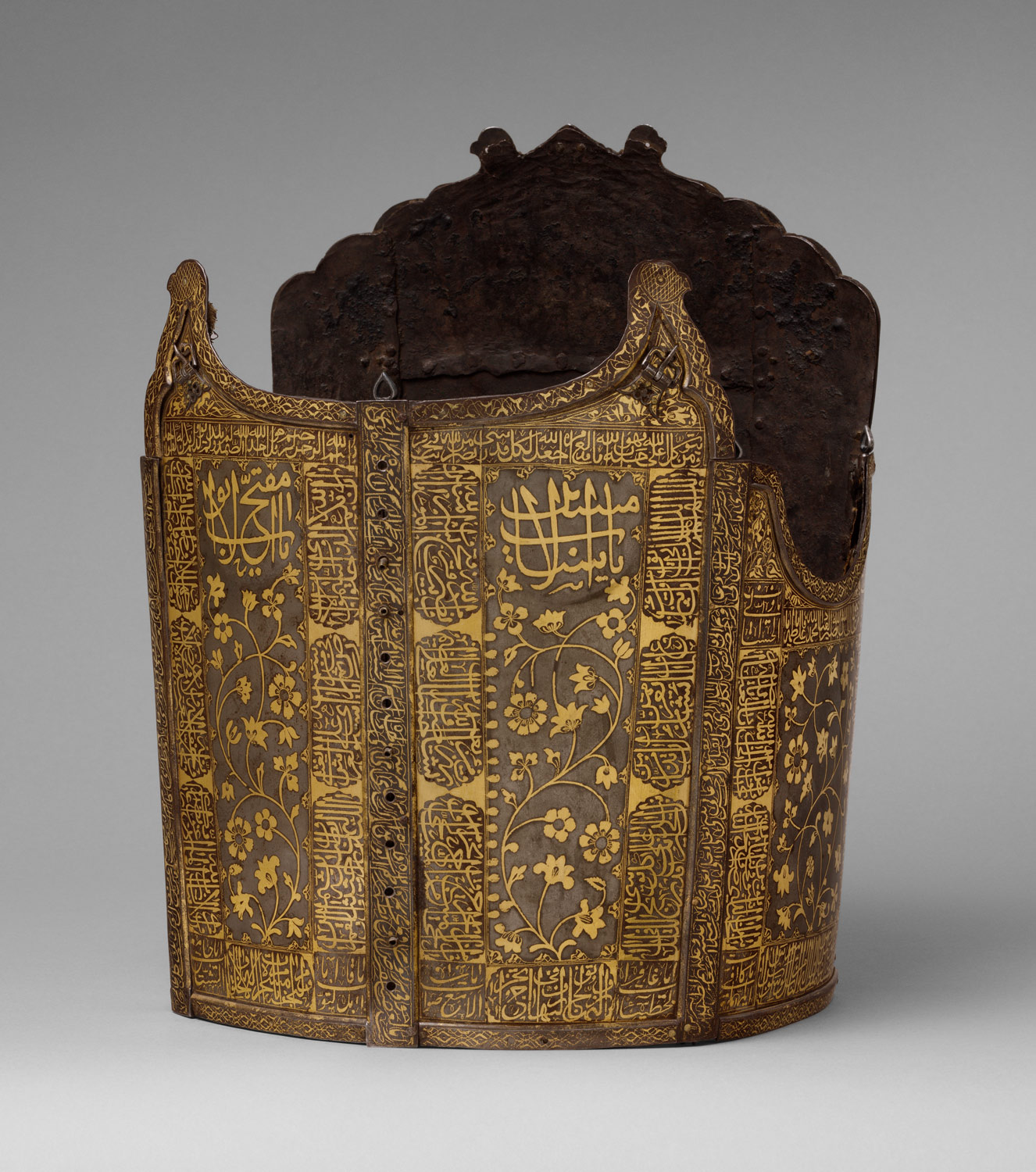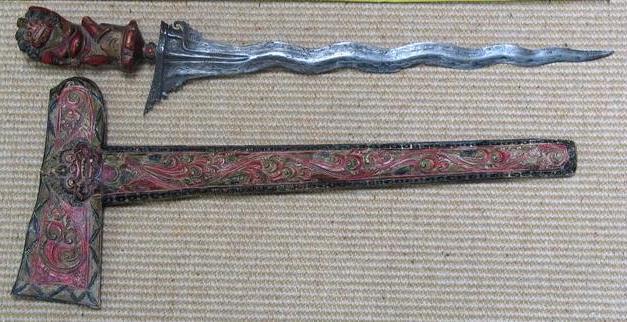Warriors Part 3
/ This is a continuation of my discussion of Warriors, part 1, and part 2.
This is a continuation of my discussion of Warriors, part 1, and part 2.
Shaman Warriors of old were experts in using Spirit(s) to invoke absolute terror in their opponents, and blind fury in their allies. In the transition from shaman warriors to lineages that follow warrior codes, some shamanism became institutionalized.
During the Holy Crusades, both sides made extensive use of protective talisman. In Indonesia, the dagger known as a Kris is understood to capture and enslave the spirits of all the people it has slain. The more dead warriors in your Kris, the more power it has. A very powerful Kris itself becomes a player, and can possess a weak owner.
This is one of the parallel stories told in the block buster hit “Crouching Tiger, Hidden Dragon.� In the beginning when Chow Yun Fat returns from his meditation retreat, Michelle Yao asks, “Why did you come back?� she is thinking, “He must have come back because he loves me.� But he doesn’t answer, he just looks over at the sword; the sword has it’s own name, Green Destiny (yuming).
In Japan, only Samurai were aloud to own swords. Swords were passed down from one generation to the next. The long sword captured the spirits of one’s opponents; the short sword captured only the spirits of ancestors who had used it to kill themselves. If a Samurai pulled out his short sword in the midst of battle, everyone would just run past him because they knew he was going to use it only on himself.
In this warrior  code, a Samurai needed only two things, fearlessness and a willingness to die. The change from Warrior to skilled technician and martial artist is marked historically with the life of Miyamoto Musashi
code, a Samurai needed only two things, fearlessness and a willingness to die. The change from Warrior to skilled technician and martial artist is marked historically with the life of Miyamoto Musashi.
Cool footnote: In the Chinese army during the Tang Dynasty there were Korean Suicide Troops, which were used in the wars against Tibet.
